
Science on stage and in action
November 22, 2011 | Issue 21Andrew Brown reviews the latest Science on Stage event in Spain: Ciencia en Acción.


Andrew Brown reviews the latest Science on Stage event in Spain: Ciencia en Acción.
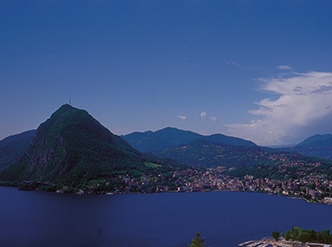
Marco Martucci tells Eleanor Hayes what science teaching and radio journalism have in common.
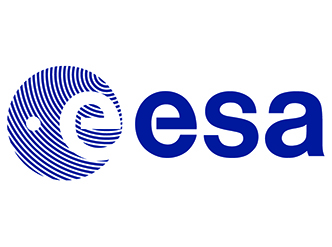
Meet an astronaut, cook a comet and plan a trip to Mars. Shamim Hartevelt introduces a recent teacher workshop at ESA.
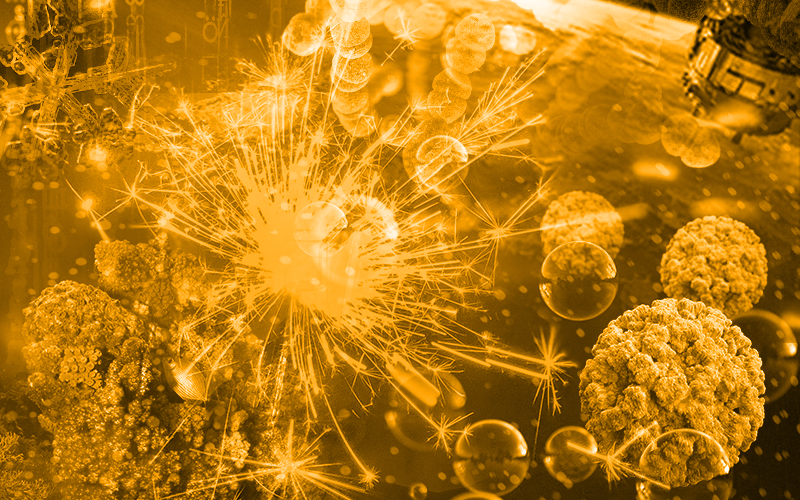
Who Cloned my Cat? Fun Adventures in Biotechnology is a collection of two-page articles that briefly describe discoveries from the field of biotechnology.

The question that astronauts are most frequently asked is ‘How do you go to the toilet in space?’ This rather puts the cart before the horse because the next most popular questions concern the other end of the alimentary canal: ‘How do you eat in space?’, ‘What does the food taste like up…
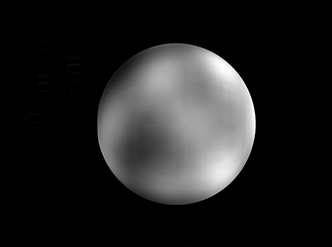
To change the world would be amazing enough. Mike Brown changed the Solar System. Eleanor Hayes explains.

When your doctor prescribes you a tablet and you get better, was it really the drug or could it have been the colour of the tablet? Andrew Brown investigates the placebo effect.
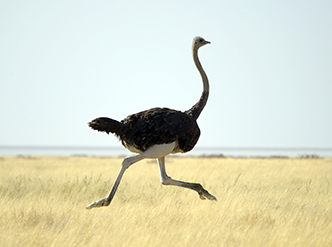
What makes ostriches such fast runners? Nina Schaller has spent nearly a decade investigating.
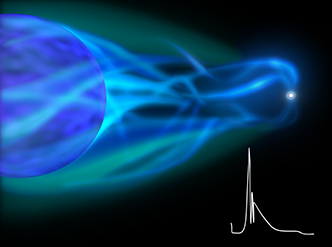
Claudia Mignone and Rebecca Barnes explore X-rays and gamma rays and investigate the ingenious techniques used by the European Space Agency to observe the cosmos at these wavelengths.

Science in School is published by EIROforum, a collaboration between eight of Europe’s largest inter-governmental scientific research organisations. This article reviews some of the latest news from the EIROforum members (EIROs).

Cancer and stem cells are both topical issues. But have you heard of cancer stem cells? As Massimiliano Mazza explains, this concept may revolutionise the treatment of cancer.

The topic of polymers is often limited to chemistry lessons. The Establish project offers some hands-on activities to investigate these materials and some of their medical applications.

Did you realise that fireworks cause measurable air pollution? Tim Harrison and Dudley Shallcross from Bristol University, UK, explain how to investigate atmospheric pollutants in class.
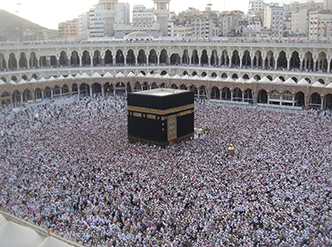
Crowding affects us almost every day, from supermarket queues to traffic jams. Timothy Saunders from EMBL explains why this is interesting to scientists and how to study the phenomenon in class.

Even everyday scents have the power to take us back in time, awakening half-forgotten memories. With Gianluca Farusi’s help, you can take your students 2000 years into the past, recreating and testing Julius Caesar’s perfume.
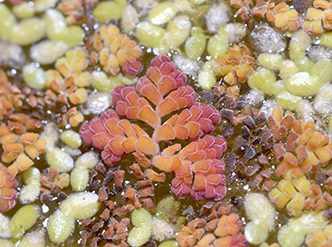
Vered Yephlach-Wiskerman introduces a classroom project to investigate the bioremediation powers of the aquatic fern Azolla.
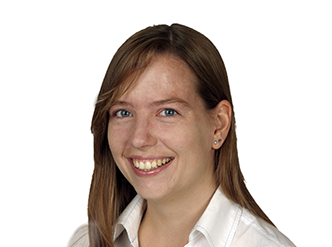
Thanks to everyone who donated to Science in School via our website; we were overwhelmed by the positive response. With your help and the support of our advertisers, we have been able to print and distribute Issue 21, as those of you who are reading this in print will realise. The battle…